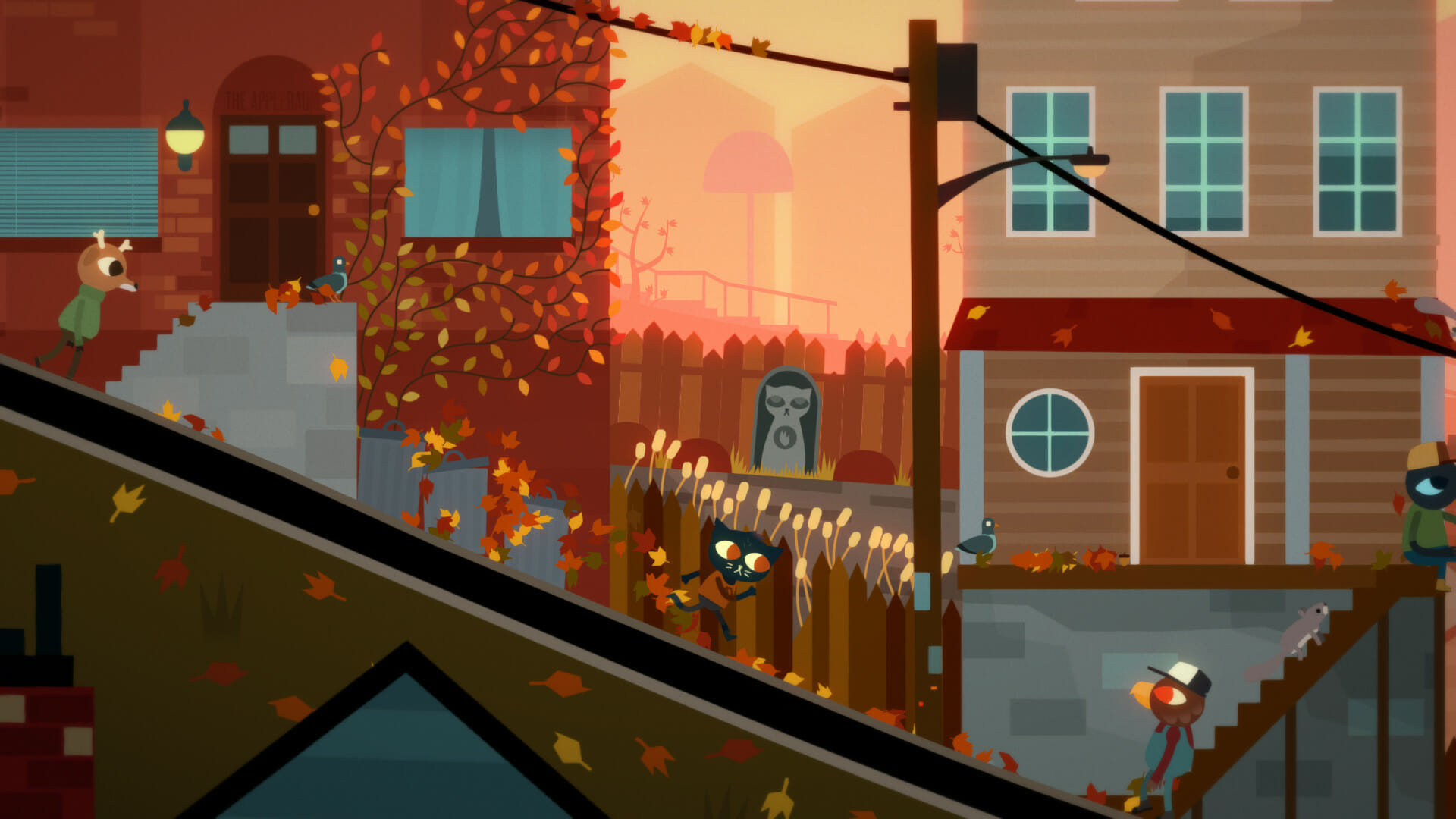
Norwegian Wood | The charm in simplicity
Author
Format
Length
When Norwegian Wood came out in 1987, 38-years-old Haruki Murakami was already known as a writer in Japan. He was 29 when he decided to try his hand at writing and published Hear The Wind Sing. This novel’s first success convinced him to keep writing. He published renowned novels such as A Wild Sheep Chase and Hard-Boiled Wonderland and the End of the World.
Raymond Chandler‘s hard-boiled novels and a fantasy outlook on life inspired Murakami’s style: in his stories, both readers and characters were completely detached from reality. His fanbase loved the way he approached reality and made it fantastic and whimsical. That, mixed with a love for hard-boiled narrative, was Murakami’s trademark. Then Norwegian Wood came out and everything changed.
This coming-of-age novel, with young protagonists struggling to accept the world as it is, became an international bestseller. Both Japanese and Western readers loved Norwegian Wood, while old fans could not help but feel disappointed. Nevertheless, Murakami changed the idea of Japanese literature. He detached himself from tradition and spoke to both the newest generations and the older ones.
A delicate approach to feelings
Murakami was planning to begin his longest novel yet, Dance Dance Dance, when he started writing Norwegian Wood (called Il giardino sotto la pioggia, “the garden under the rain”, at the time). According to Giorgio Amitrano’s (Murakami’s Italian translator) preface to the novel, Norwegian Wood was supposed to be much shorter. Its purpose was to be a break between Hard-boiled Wonderland and Dance Dance Dance, but it ended up becoming longer than expected. So, written by hand in numerous notebooks around Greece and Italy, Norwegian Wood was born.
Norwegian Wood‘s style was widely different from his usual one: it was delicate, simple, and emotional. It brought the reader closer to its characters, their struggles, and their feelings. The characters were relatable but still unique. Most of all, the novel is built on small, specific feelings: there is an undertone of melancholy that penetrates the entire book and remains lingering within the reader even after the last page.
The line between life and death
Norwegian Wood‘s protagonist (and the voice of the novel, written in the first person) is Toru Watanabe, a college student. The story begins as his best friend commits suicide. This loss affects him and his view of life deeply, but it has an even greater impact on his friend’s girlfriend, Naoko, who already had traumatic experiences with death. Watanabe is attracted to Naoko, but she becomes more and more unstable as she is unable to let go of the past.
Watanabe stumbles through life. He seeks both affection and solitude, unable to feel comfortable in either. Then he meets Midori, an outgoing girl that has experienced death in life but uses it as a trampoline instead of an anchor. Midori will be for him a revelation, the demonstration that it is possible to live in different ways. Norwegian Wood‘s characters are similar to a forest of individuals, each alone in their own way.
The book’s structure is reminiscent of Charles Dickens‘ novel, David Copperfield: the theme of the man torn between two women, one representing life and the other death, is present in both. Watanabe is also comparable to J. D. Salinger‘s protagonist Holden Caufield, in his introverted and rebellious nature.
Cultural references between Japan and the West
Norwegian Wood is narrated by older Watanabe as a flashback. It takes place in Tokyo, during the students’ demonstrations of 1968. Watanabe is very critical of this movement, condemning it as hypocritical. There are, though, a huge number of references to Western culture, in particular the music.
Murakami ran a jazz bar before becoming a full-time writer, and his love for music is transparent in this novel. Starting from the title: Norwegian Wood (This Bird Has Flown) is the title of a song by The Beatles. Music is also a constant presence in the novel and it mentions plenty of different songs, such as Yesterday, People Are Strange (The Rolling Stones), or Scarborough Fair (Simon & Garfunkel).
In 2010 Tran Anh Hung directed a movie adaptation of the novel, presented at the 67th Venice International Film Festival.
Tag
Buy a ☕ for Hypercritic









